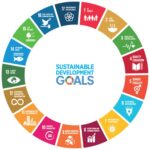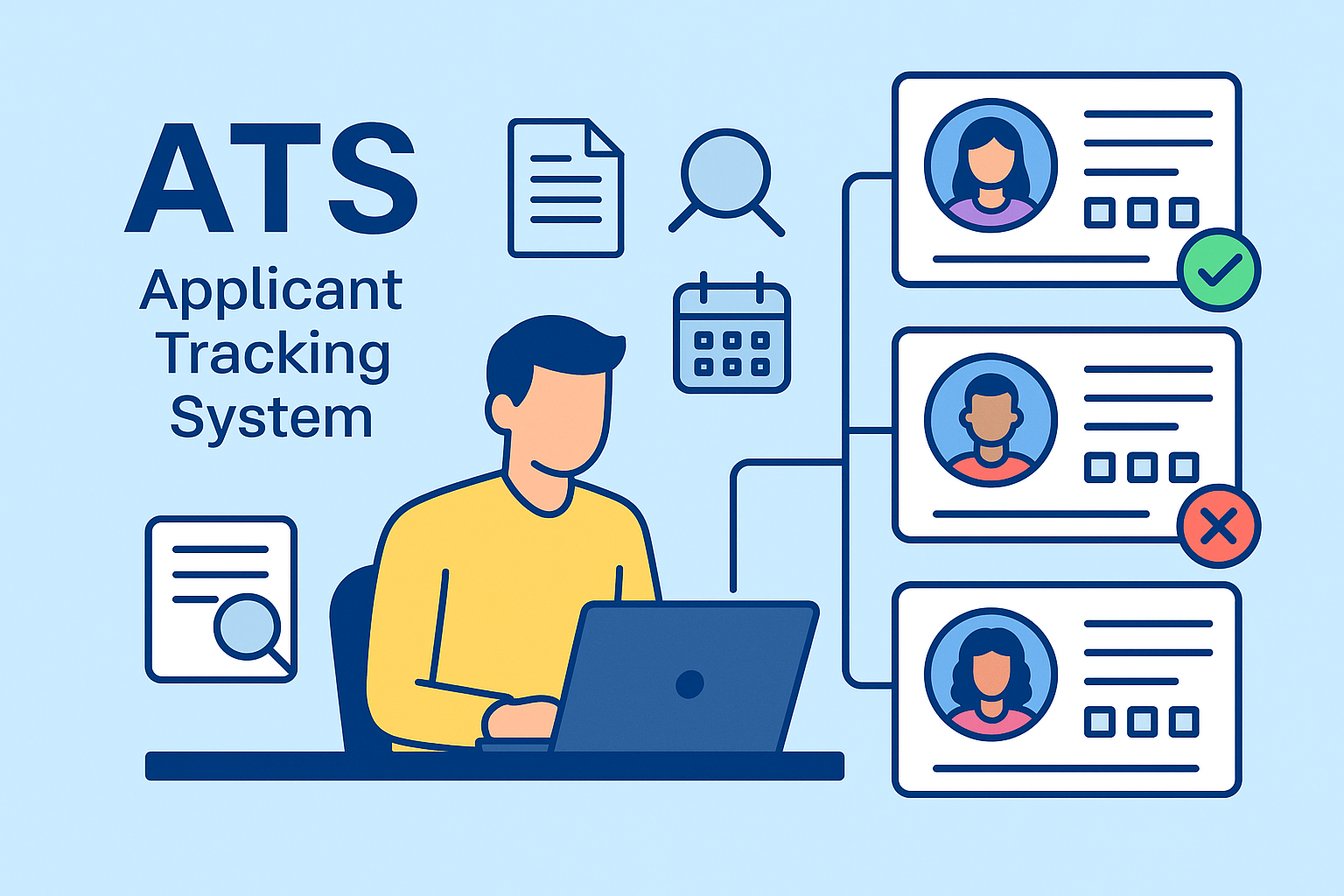Se você já se candidatou a uma vaga e recebeu uma rejeição em poucos minutos — ou pior, nunca recebeu resposta — existe uma grande chance de que ninguém tenha lido seu currículo.
Essa decisão, muito provavelmente, foi tomada por um algoritmo.
Sim: por um ATS — Applicant Tracking System, o sistema de triagem automática usado em processos seletivos.
O que são ATSs e por que estão em tudo quanto é lugar?
Empresas utilizam ATSs para organizar e acelerar contratações. Esses sistemas permitem:
- armazenar e classificar currículos,
- filtrar perfis automaticamente por palavras-chave,
- agendar entrevistas,
- enviar respostas automáticas,
- e até rejeitar perfis que não correspondem a critérios pré-programados.
Em resumo: antes que um ser humano veja sua candidatura, o sistema já pode ter decidido tudo.
Por que isso é preocupante?
A proposta dos ATSs até é positiva: tornar o processo mais eficiente e liberar o RH para decisões humanas e estratégicas.
Mas… é isso que realmente acontece?
Na prática, perfis riquíssimos e trajetórias não lineares são descartados sem sequer chegarem aos olhos de um recrutador — simplesmente porque o algoritmo não encontrou a “palavra certa”.
E é aqui que está o ponto central:
o problema não é o ATS em si, mas como ele é configurado e usado.
A inteligência por trás — e seus limites
Muitos ATSs atuais são alimentados por inteligência artificial.
Eles preveem “aderência”, analisam padrões e até triagem comportamental.
Mas essa inteligência ainda é limitada — e frequentemente baseada em dados históricos que carregam:
- preconceitos,
- desigualdades,
- vieses de gênero, idade, nacionalidade, classe e deficiência.
Ou seja: se a história é desigual, o algoritmo aprende desigualdade.
E esse ciclo se retroalimenta.
O impacto disso nos Objetivos de Desenvolvimento Sustentável (ODS)
Isso não é só um problema corporativo.
Ao automatizar exclusão, os ATSs afetam diretamente:
🎯 ODS 8 — Trabalho Decente e Crescimento Econômico
Bem configurados, podem agilizar contratações e democratizar oportunidades.
Mal configurados, reproduzem desigualdade e excluem silenciosamente:
- mulheres após pausas na carreira,
- pessoas 50+,
- migrantes,
- pessoas com deficiência,
- profissionais com percursos atípicos,
- pessoas de baixa renda sem palavras “técnicas” no currículo.
Ferramentas são ferramentas — e responsabilidade é humana
Um martelo pode construir ou destruir.
Com tecnologia é igual.
ATSs não são vilões — são instrumentos.
Mas todo instrumento exige:
- ética,
- supervisão humana,
- treinamento de equipe,
- responsabilidade institucional,
- e consciência social.
Porque no final…
a “inteligência” não está na máquina, mas nas escolhas de quem a programa e a usa.
Este é o primeiro texto de uma série sobre tecnologia, automação e exclusão digital em processos seletivos.
No próximo, quero discutir uma pergunta delicada:
Afinal, quando a IA toma uma decisão… quem é realmente o responsável?
Se você já sentiu que seu currículo foi descartado por uma máquina — como já aconteceu comigo — compartilhe sua história.
Talvez falar sobre isso faça mais diferença do que imaginamos.






